I need help deciding on paint colors for my 1901 Victorian
arokes726
5 years ago
Related Stories

EXTERIORSHelp! What Color Should I Paint My House Exterior?
Real homeowners get real help in choosing paint palettes. Bonus: 3 tips for everyone on picking exterior colors
Full Story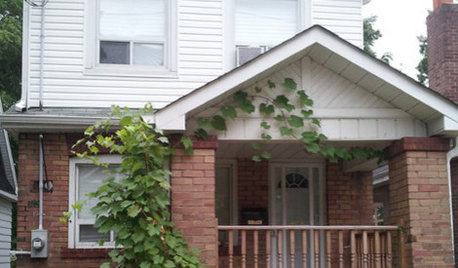
ENTRYWAYSHelp! What Color Should I Paint My Front Door?
We come to the rescue of three Houzzers, offering color palette options for the front door, trim and siding
Full Story
COLORPick-a-Paint Help: How to Quit Procrastinating on Color Choice
If you're up to your ears in paint chips but no further to pinning down a hue, our new 3-part series is for you
Full Story
COLORPick-a-Paint Help: How to Create a Whole-House Color Palette
Don't be daunted. With these strategies, building a cohesive palette for your entire home is less difficult than it seems
Full Story
COLORPaint-Picking Help and Secrets From a Color Expert
Advice for wall and trim colors, what to always do before committing and the one paint feature you should completely ignore
Full Story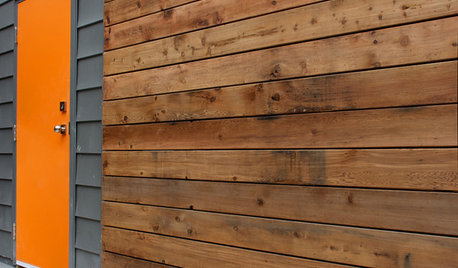
DOORSWhat Color Should I Paint My Front Door?
Extend a standout greeting with a memorable hue at your home’s entry
Full Story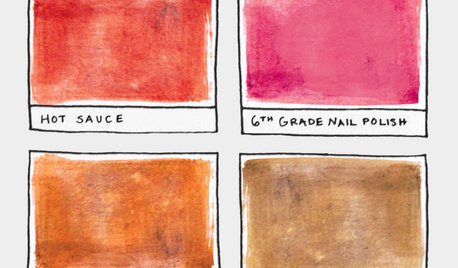
FUN HOUZZ16 Creative Paint Color Names We Haven't Seen — Yet
Someday, the namers of new paint colors will finally run out of ideas. We're here to help
Full Story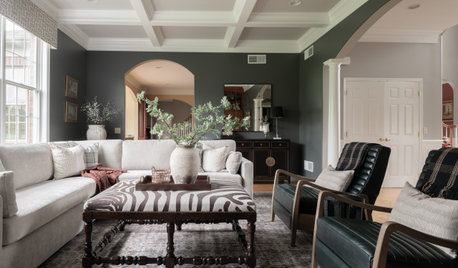
DECORATING 101How to Choose a Paint Color You Can Live With
See 8 tips and tricks that can help you commit to a color you’ll love
Full Story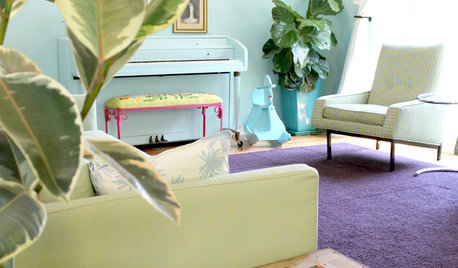
HOUZZ TOURSMy Houzz: Saturated Colors Help a 1920s Fixer-Upper Flourish
Bright paint and cheerful patterns give this Spanish-style Los Angeles home a thriving new personality
Full Story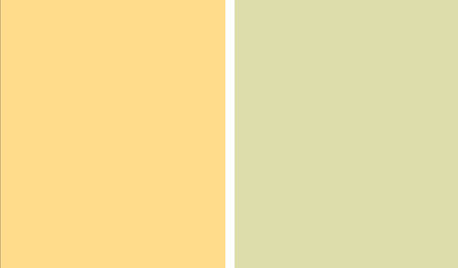
DECORATING GUIDESPaint Color Ideas: 8 Uplifting Ways With Yellow and Green
Dial up the cheer with yellow and green paint combinations sure to cast off winter doldrums
Full Story









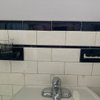
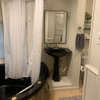
pkpk23
A Fox
Related Professionals
Palmer Architects & Building Designers · Tustin Home Builders · Waimalu Home Builders · Hunt Valley Home Builders · Elizabeth Painters · Pickerington Painters · Browns Mills General Contractors · Chatsworth General Contractors · Citrus Heights General Contractors · Jefferson Valley-Yorktown General Contractors · Maple Heights General Contractors · Newington General Contractors · Uniondale General Contractors · 20781 Kitchen & Bathroom Remodelers · Hoffman Estates Kitchen & Bathroom Remodelersarokes726Original Author